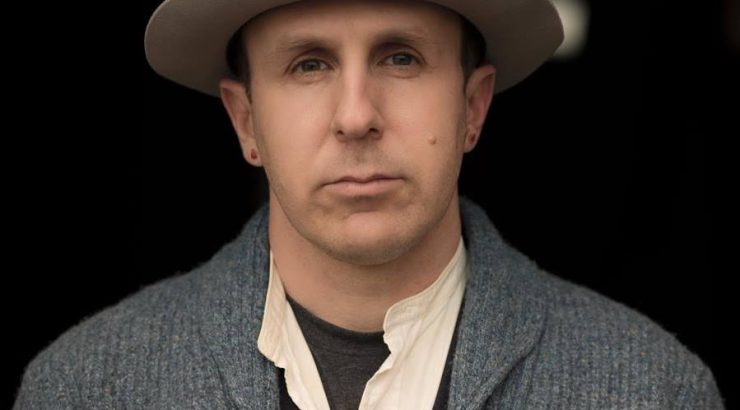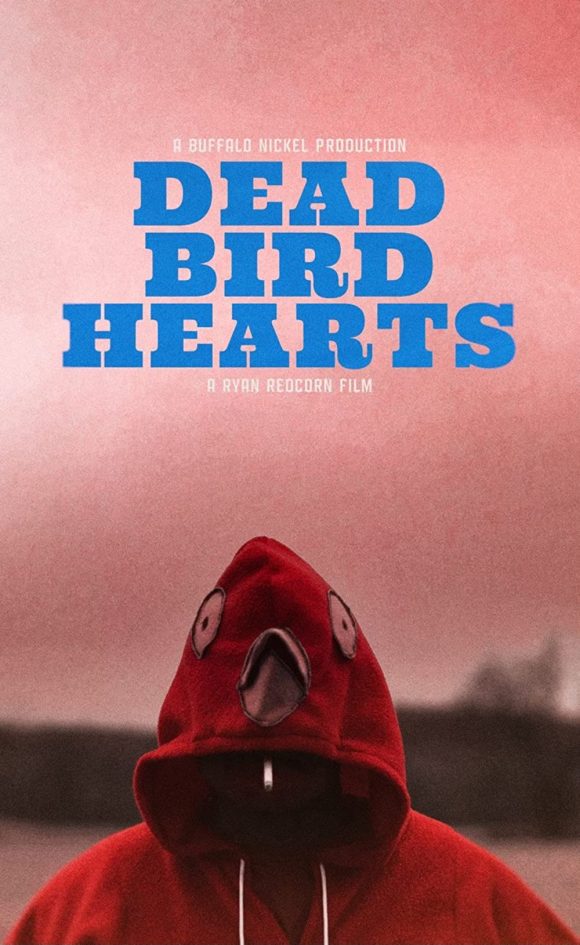
Irreverent Representations: A Conversation with Ryan RedCorn Native Screenwriter and Filmmaker
November 30, 2022
 In recognition of Indigenous Peoples’ Month, Wilkinson College of Arts, Humanities, and Social Sciences recently welcomed Native filmmaker Ryan RedCorn (Osage) to speak about his overall experiences in the industry, working as a screenwriter on FX’s Reservation Dogs, and directing his film “Dead Birds Hearts.”
In recognition of Indigenous Peoples’ Month, Wilkinson College of Arts, Humanities, and Social Sciences recently welcomed Native filmmaker Ryan RedCorn (Osage) to speak about his overall experiences in the industry, working as a screenwriter on FX’s Reservation Dogs, and directing his film “Dead Birds Hearts.”
While working on his MFA in screenwriting, RedCorn took electives in political science and sociology, but it was his class on western writing that made him realize that there was no diversity in learning different story structures. This encouraged him to change the narrative and seek out different ways of telling a story through film, versus the codified methods often used.
He started traveling around to film festivals, such as the Sundance Film Festival. Quickly, he realized that indigenous films all had the same sad plots. RedCorn consistently saw depressing narratives being told to represent the Native experience, films that did not reflect his experiences with his community, his elders, or his childhood.
“I want to see fun films, filled with happiness and laughter,” he told the audience. “If we’re a community and the stories we decide to tell about ourselves are depressing, that’s our issue. If you look at people and you don’t imagine them as happy, or even worse, they can’t imagine themselves as happy, it’s damaging and unrealistic. [That’s] not consistent with my experiences and my community. It’s a social structure that’s incinerated around joy,” he said.
As a writer for “Reservation Dogs,” RedCorn strives to continue telling Native stories that are all encompassing of the community. Changing the composition of crews and writers’ rooms is also essential to realize this goal. Sterlin Harjo, co-creator of “Reservation Dogs,” was vital to the surge of indigenous writers. “Harjo has the authority to choose his writers. This will allow a path to be paved for indigenous creators, to give them richer opportunities to share the stories they want to share,” RedCorn stated.
RedCorn highlighted the importance of seeing yourself represented in the media to create a healthy headspace for marginalized groups. He shared that his kids watch “Reservation Dogs” and sense the normality in it. They see the cast and are able to relate to these characters and to their community and lives. For RedCorn, this is one step closer to creating a more realistic and joyful portrait to represent Native stories.

